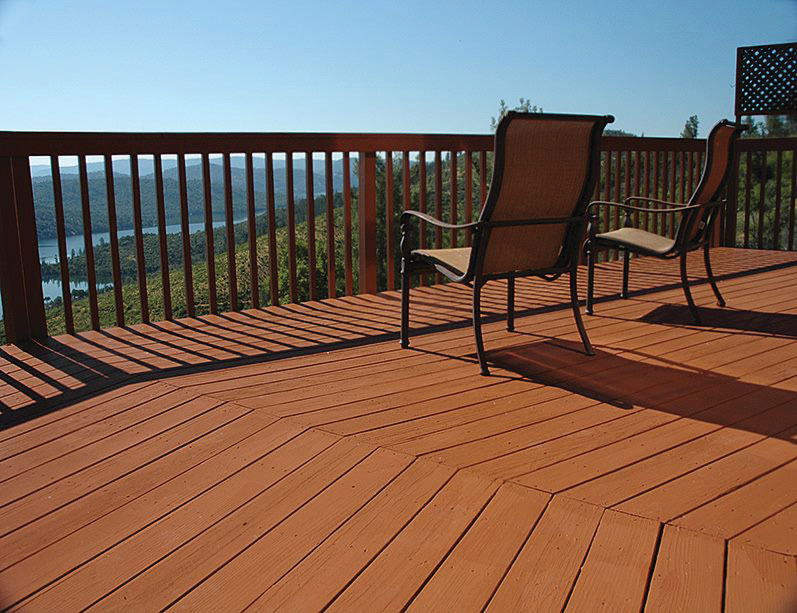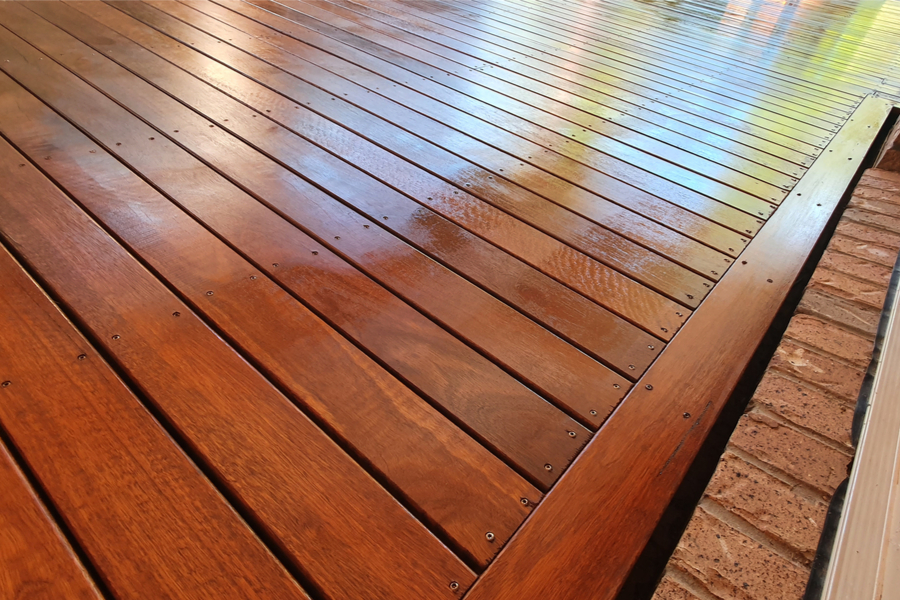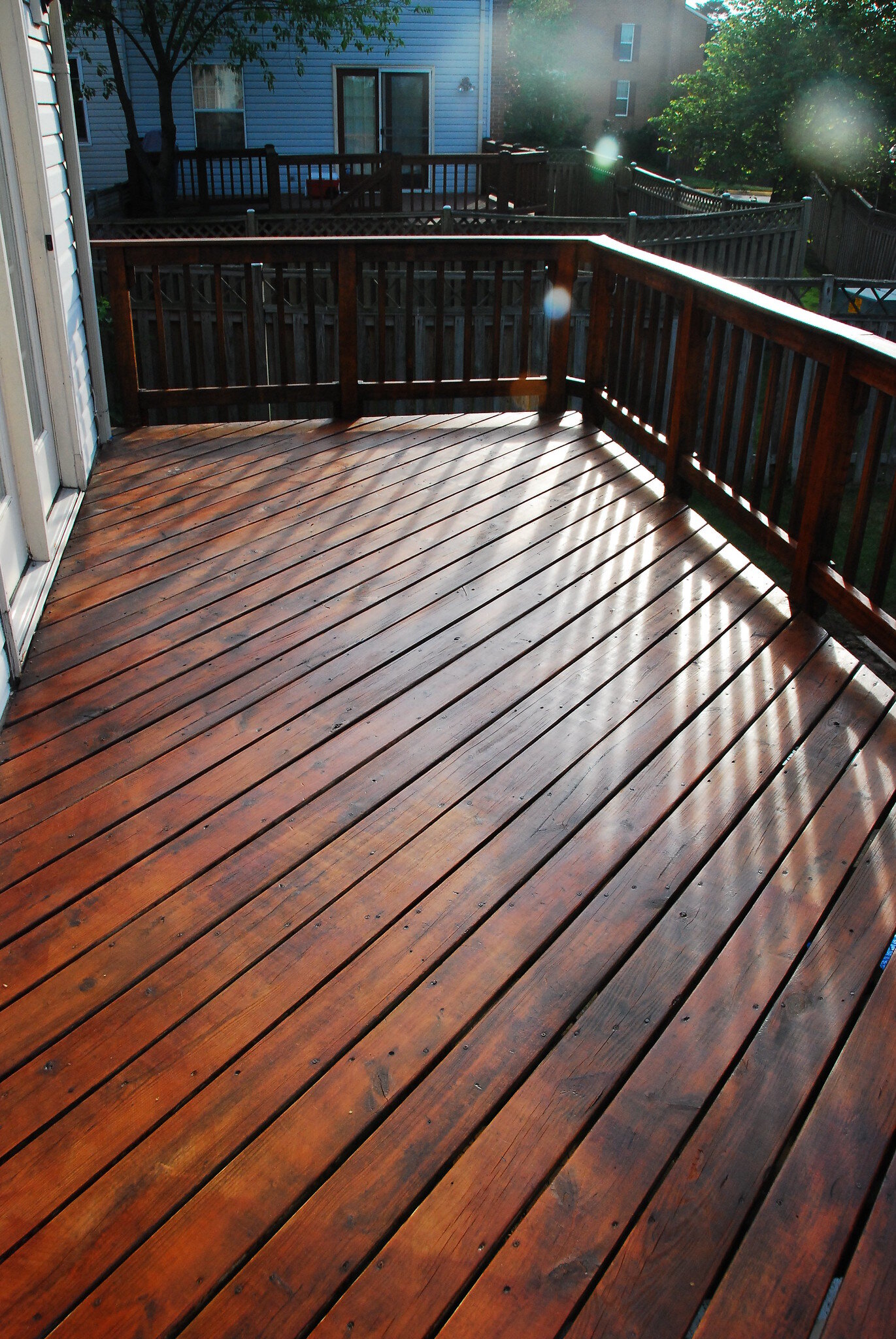Choosing the Right Discoloration for Your Fence: Tips and Factors To Consider
When it involves enhancing the look and maintaining of your fencing, choosing the appropriate discolor is critical. With a wide range of alternatives offered, it can be frustrating to identify which tarnish will finest match your requirements. This overview will offer you with factors to consider and tips to assist you make an educated decision. We will discover the different types of fencing stains, elements to take into consideration before selecting a tarnish, tips for preparing your fence for discoloration, and the distinctions in between water-based and oil-based stains. Additionally, we will certainly look into choosing the best tarnish shade to enhance your fence and enhance your outside area. By adhering to these standards, you can ensure that your fence stays secured and cosmetically pleasing for several years to find.
Comprehending Various Sorts Of Fence Stains

On the other hand, water-based discolorations are made from acrylic or latex and provide a much more subtle color to the timber. They create a protective movie externally of the timber, avoiding dampness from permeating in and securing against UV damages. Water-based discolorations are simpler to tidy up and have a much faster drying out time contrasted to oil-based stains. They are also less likely to fade or split with time.
Picking in between water-based and oil-based discolorations relies on numerous factors, including individual choice, the wanted appearance, and the degree of upkeep needed. Oil-based spots are suggested for fence high-traffic areas or those continuously subjected to extreme climate condition. fence staining and sealing. Water-based spots, on the other hand, are a popular choice for fences in domestic areas where appearance and simplicity of use are very important
When choosing the ideal tarnish for their fencing,Recognizing the distinctions in between water-based and oil-based spots helps homeowners make an informed choice. Thinking about the specific demands of the fence, such as its area, direct exposure to sunlight, and wanted aesthetic, will certainly make sure that the picked tarnish offers long-lasting security and boosts the total charm of the fencing.
Aspects to Think About Before Picking a Spot

Different kinds of timber take in discolorations in a different way, resulting in varying levels of shade strength and longevity. Additionally, certain timbers might be much more susceptible to concerns like rot or insect infestation, which might influence the choice of discolor to shield and preserve the fence.
The climate and climate problems in your location need to also be taken into consideration. If you reside in an area with extreme winters months or high moisture, you might require a tarnish that provides extra protection against moisture and UV rays. If your fencing is subjected to direct sunlight for lengthy durations, a tarnish with UV preventions can assist avoid fading and discoloration.
Lastly, it is very important to consider your preferred aesthetic. Different discolorations offer various shades and finishes, allowing you to customize the look of your fence (fence staining). Consider the overall design and style of your building, along with any type of local laws or home owner association guidelines that might dictate the acceptable discolor colors
Tips for Readying Your Fence for Discoloration
To prepare your fence for discoloration, begin by thoroughly cleansing the surface making use of a moderate detergent and a stress washer or scrub brush. Cleansing the fence is an important action as it removes dust, grime, and any type of previous finishings that might hinder the discoloration process. Begin by moistening the fence with water and after that apply a light detergent making use of a scrub brush or a pressure washing machine with a low-pressure setting. Rub the surface delicately, paying additional attention to locations with stubborn discolorations or mold. Rinse the fencing thoroughly with clean water to get rid of all traces of detergent.
This action is essential as staining a damp or damp surface area can lead to poor bond and an unequal surface. Guarantee that the fence is totally dry prior to continuing with the discoloration procedure.
Prior to discoloration, check the fence for any damages, such as loosened boards or nails. This item helps to open up the timber pores, enabling the tarnish to penetrate a lot more efficiently and evenly.

Comparing Water-Based and oil-based Spots
When choosing a discolor for your fence, it is essential to compare the characteristics and benefits of oil-based and water-based discolorations. Both sorts of discolorations have their own advantages and considerations, so it is important to comprehend the distinctions between them.
Oil-based spots are known for their resilience and resistance to wear and tear. They permeate deeply into the timber, supplying outstanding defense against the elements. They also improve the natural elegance of the wood by highlighting its grain and structure. In addition, oil-based discolorations have a tendency to last longer than water-based stains, making them a prominent selection for fences.
On the various other hand, water-based spots are extra ecologically pleasant and simpler to cleanse up. They may not supply the exact same level of defense as oil-based spots, specifically in extreme weather problems.
Eventually, the selection between oil-based and water-based discolorations depends upon your certain needs and choices. Consider factors such as longevity, environmental effect, and ease of application when making your decision. Consulting with an expert or seeking suggestions from professionals can likewise aid make sure that you pick the best tarnish for your fence.
Picking the Right Discoloration Color for Your Fence
The option of a suitable discolor shade for your fence is an essential facet of enhancing its visual charm and matching the overall style of your outside room (deck staining). The ideal discolor shade can change a Website level, regular fence right into a striking focal factor that includes deepness and personality to your residential property
When picking a discolor shade for your fence, it is crucial to consider the design and design of your home. If you have a traditional or traditional style home, earthy tones such as neutrals and browns can create a cozy and inviting look. On the various other hand, if you have a modern or modern home, you could take into consideration choosing for vibrant and vibrant colors that make a statement.
An additional element to think about is the all-natural environments of your home. If you have a great deal of plant, a discolor color that enhances the all-natural landscape, such as eco-friendlies or crimsons, can produce a cohesive and harmonious appearance.
Furthermore, it deserves considering the upkeep needed for various discolor colors. Lighter shades tend to reveal dirt and wear more easily, while darker colors can hide imperfections and need less frequent touch-ups.
Eventually, the option of discolor color for your fence ought to reflect your personal design and choices - deck staining. Make the effort to consult and explore different alternatives with professionals if required, to ensure that you select the ideal discolor shade that boosts the beauty and allure of your fence
Final Thought
Finally, when it pertains to picking the ideal tarnish for your fence, it is essential to comprehend the various sorts of discolorations readily available and consider elements such as toughness and wanted look. Preparing the fencing properly before staining is essential for achieving optimal results. Additionally, comparing water-based and oil-based discolorations can aid establish the ideal alternative for your details needs. Last but not least, picking the appropriate tarnish color can improve the overall looks of your fence.
We will discover the various types of fencing spots, elements to think about prior to selecting a stain, tips for preparing your fencing for discoloration, and the differences in between oil-based and water-based discolorations.Separating in between oil-based and water-based stains is important when comprehending different kinds of fencing spots. Water-based spots are easier to clean up and have a much faster drying out time compared to oil-based spots. In addition, oil-based discolorations tend to last longer than water-based discolorations, making them a prominent selection for fencings.
In verdict, when it comes to choosing the best tarnish for your fence, it is important to recognize the different kinds of spots available and take into consideration aspects such as durability and preferred appearance.